The AI Paradox – Why the Human Touch is Still Key |...
People buy people….As the saying goes. It is impossible to ignore how AI and automated processes can positively change and...

We facilitate educational opportunities for senior executives by creating learning and relationship engagement opportunities. Our international B2B network consists of C-level corporate leaders and powerful industry solution providers.

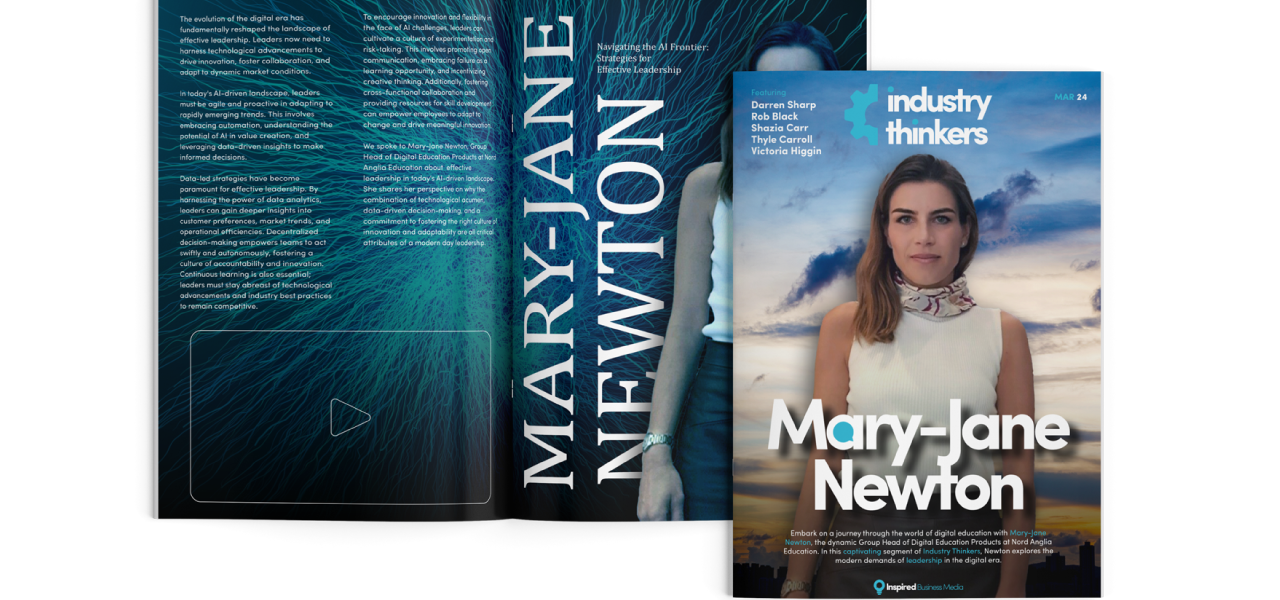
Celebrating thought leadership and the executives who are driving change across their organisations, societies and communities.

We connect like-minded business professionals and leading solution providers virtually, to collaborate and learn with each other from anywhere in the world.

We offer like-minded business professionals the opportunity to connect, network and dine in small groups with powerful solution providers around topics related to their roles.
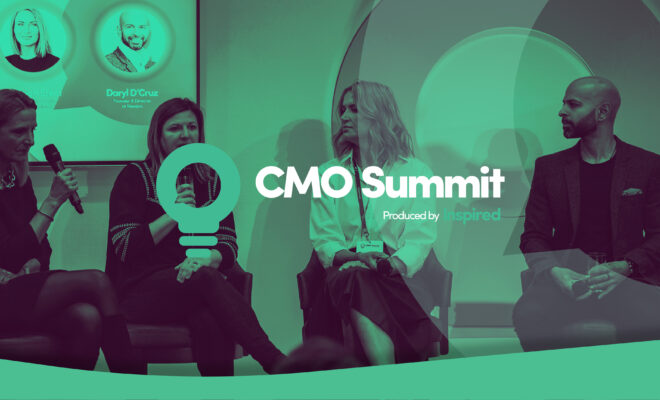

People buy people….As the saying goes. It is impossible to ignore how AI and automated processes can positively change and...
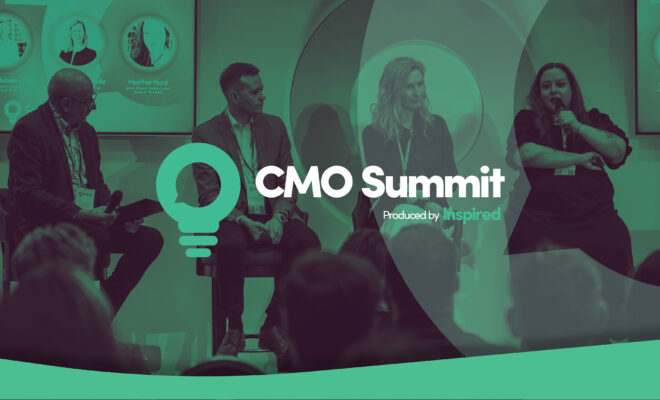

In today’s competitive business environment, companies must adapt and distinguish themselves more than ever to stay relevant. Developing a variety...
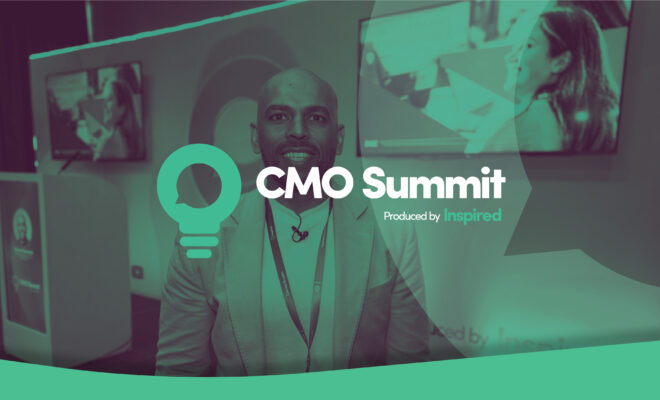

As marketeers in B2B, or B2B2B in my case, we hear and are inundated with progressive, dynamic and rapidly moving...
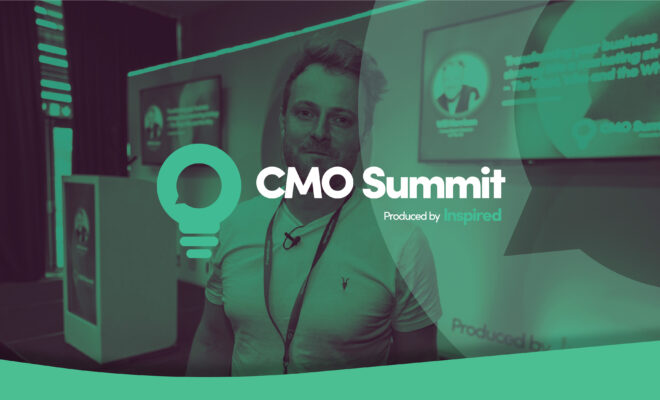

With brands constantly competing for market share, the need to create effective marketing that delivers on your overall business strategy...
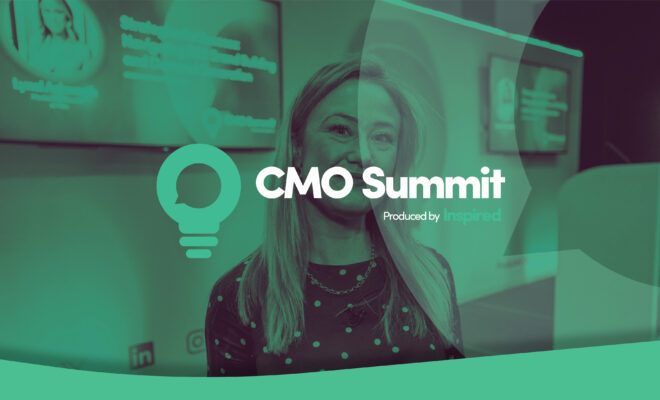

In this engaging session, Lynzi delves into the intricate world of brand building and demand generation tailored specifically for B2B...
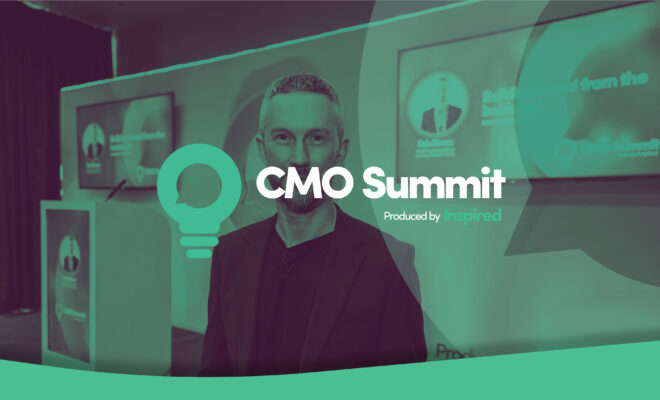

Businesses shape consumer perceptions by creating unique identities that set them apart from their competition. Just like in business, for...
Expert Keynote Sessions, Strategic Meetings, Exhibition Areas, Panel Discussions, Networking Sessions…
Intimate Luxury Networking, Moderated Discussions, Hotspot Locations, Qualified Participants…
Total Events Management, Recruitment, Operations & Logistics, Registration & Communication...
Digital Leadership, Globally Accessible Network, Targeted Discussion Participants, Tailored Discussions...
Face-to-Face Engagement, Luxury Hotspots, Networking Drinks Receptions...
Thought Leadership Keynotes, Networking Breaks, Think Tank Discussions...

The CISO Inspired Summit is an immersive business experience for high-level Information Security executives. This full...
April 24 2024
The Lowry Hotel, Manchester, United Kingdom

The CIO Inspired Summit is an immersive business experience for high-level Information Technology executives. This full...
April 24 2024
The Lowry Hotel, Manchester, United Kingdom

May 1 2024
The Marylebone Hotel, London, United Kingdom

May 1 2024
The Marylebone Hotel, London, United Kingdom


May 15 2024
The Marylebone Hotel, London, United Kingdom

The CIO Inspired Summit is an immersive business experience for high-level Information Technology executives. This full...
May 21 2024
Syon Park, London, United Kingdom

Join business leaders, IT professionals, and cybersecurity enthusiasts from across the UK and Ireland at...
May 21 2024
Syon Park, London, United Kingdom

The CIO Inspired Summit is an immersive business experience for high-level Information Technology executives. This full...
June 18 2024
Tba, Paris, France

The CISO Conference is an immersive business experience for high-level Information Security executives. This full day...
June 18 2024
Tba, Paris, France

The CMO Summit is an immersive business experience for high-level executives from the industry of...
July 10 2024
IET: Savoy Place, London, United Kingdom

Riyadh, a global hub for commerce and innovation, warmly invites you to a series of...
August 5 2024
Conrad Etihad Towers, Abu Dhabi, UAE
Connect with Information Technology leaders...
Connect with Information Security leaders...
Connect with Marketing leaders...
Connect with Sales leaders...
Connect with Real Estate leaders...
Connect with Facilities Management leaders...
Connect with Human Resources leaders...
Connect with Learning & Development leaders...